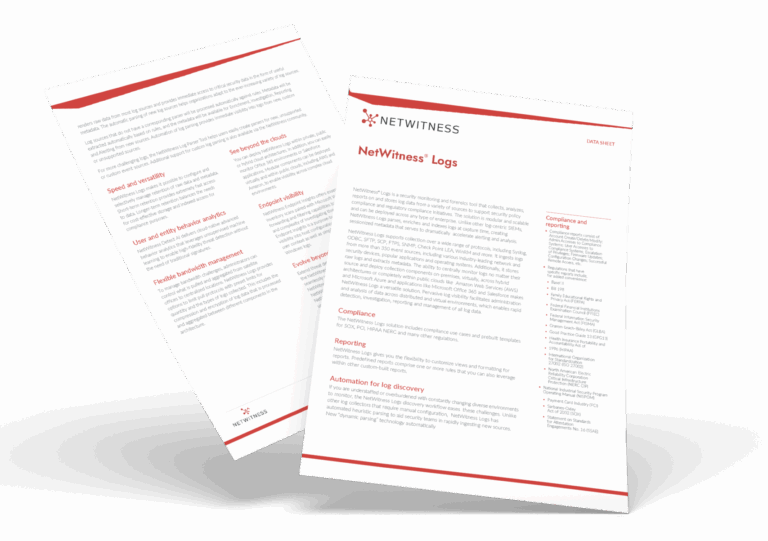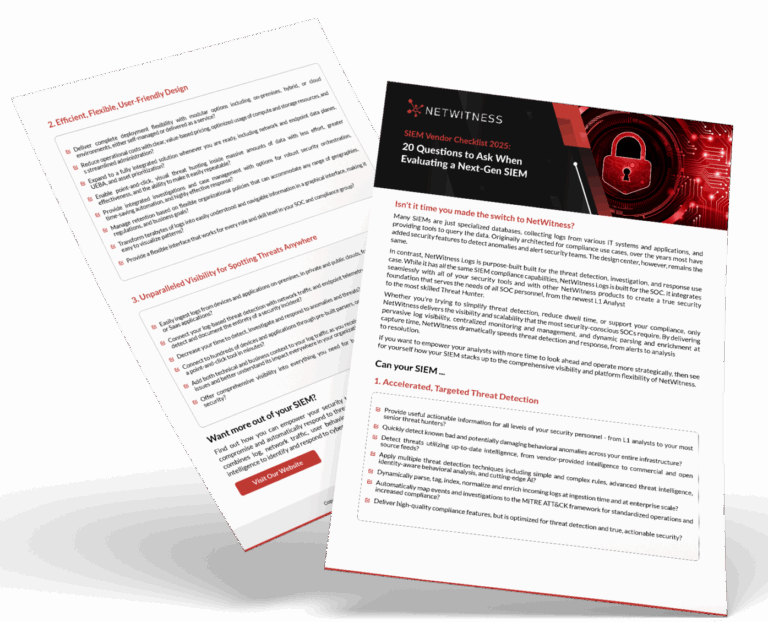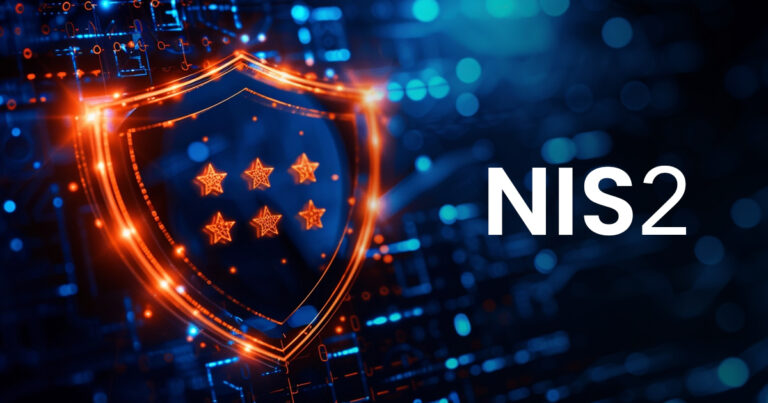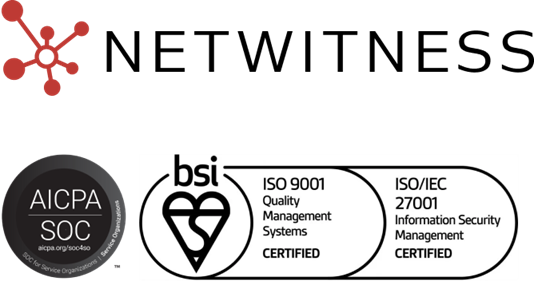What Is Network Log Analysis?
Network log analysis is the process of examining the digital records your network devices create. Think of logs as breadcrumbs that show everything happening across your routers, switches, firewalls, and other network infrastructure. Every connection request, every blocked attempt, every unusual spike in traffic leaves a trace.
When you analyze these logs, you’re essentially translating raw data into actionable intelligence. You can spot a potential breach before it becomes a disaster, troubleshoot why your network slowed to a crawl last Tuesday, or prove to auditors that you’re meeting compliance requirements.
Your network devices generates thousands of events every second. Login attempts, file transfers, configuration changes, traffic patterns all of it gets recorded. Most organizations collect these logs religiously, but here’s the thing: collecting isn’t the same as understanding. That’s where network log analysis comes in.
The challenge? Networks devices generate massive volumes of log data. A single firewall can produce millions of entries daily. Manual review isn’t just impractical it’s impossible. That’s why network log monitoring tools and platforms have become essential for any organization serious about network security and performance.
Why Log Analysis Matters
Let’s break down why this matters beyond just checking boxes.
Security is the obvious one. When an attacker probes your network, they leave footprints in your logs. Multiple failed authentication attempts from an unfamiliar IP address? That’s a brute force attack in progress. Unusual data transfers at 3 AM? Could be data exfiltration. Network log analysis helps you catch these threats early, often before they escalate into full-blown breaches.
Security log management software excels here because it correlates events across multiple sources. A single failed login might be nothing. But when that login attempt happens alongside suspicious DNS queries and outbound traffic to a known malicious IP? Now you’ve got a story worth investigating.
Troubleshooting gets dramatically easier. Network performance issues are notoriously tricky to diagnose. Is it a bandwidth problem? A misconfigured device? An application misbehaving? Your logs hold the answers. By analyzing patterns in monitoring logs, you can pinpoint exactly when performance degraded and what changed at that moment. Maybe a router started dropping packets after a firmware update. Maybe a spike in database queries coincided with application slowdowns. The logs show you the sequence of events.
Compliance isn’t optional. Regulations like GDPR, HIPAA, and PCI DSS don’t just recommend keeping logs they require it. You need detailed records of who accessed what data, when they accessed it, and what they did with it. During an audit, you can’t scramble to piece together this information. Network log management ensures you have complete, organized records ready to go.
Log Analysis Process
Effective network log analysis follows a clear workflow. Skip a step, and you’ll miss critical insights.
Data collection comes first. Your network devices firewalls, routers, switches, VPN concentrators all generate logs in different formats. Some use syslog, others have proprietary formats. You need to gather all this data into a centralized location. Automated collection tools handle this heavy lifting, pulling logs from dozens or hundreds of sources without manual intervention.
Indexing and normalization make the data usable. Raw logs are messy. Different devices format timestamps differently, use varying field names, and structure their data inconsistently. The SIEM converts all logs into a unified data model for consistent analysis. This makes it possible to search across all your logs simultaneously and correlate events from different sources.
Analysis extracts the value. This is where you dig into the data looking for patterns, anomalies, and answers. Why did network traffic spike yesterday? Which users accessed sensitive files last week? Are there any signs of lateral movement that could indicate an active threat? Managed SIEM services for log analysis platforms accelerate this stage with pre-built queries, correlation rules, and analytics.
Monitoring runs continuously. You can’t analyze logs only when something goes wrong then, it’s too late. Continuous network log monitoring watches for specific conditions and triggers alerts when thresholds are crossed. This could be anything from excessive failed logins to unusual protocol usage to traffic destined for blacklisted IP addresses.
Reporting ties it together. Whether you’re briefing executives, responding to an incident, or preparing for an audit, you need clear reports that summarize your findings. Good reports use visualizations charts, graphs, dashboards to make complex data digestible. They should answer questions like “What happened?”, “When did it happen?”, and “What should we do about it?”
Key Techniques in Network Log Analysis
Different situations call for different analytical approaches.
Pattern recognition identifies recurring behaviors in your log traffic. Maybe you notice login attempts from the same IP range every evening. Or database queries that spike every Monday morning. Understanding these patterns helps you distinguish normal behavior from genuine threats. Machine learning algorithms can automate pattern recognition, learning what’s typical for your network and flagging deviations.
Anomaly detection is your early warning system. It catches the unusual events that don’t fit established patterns. A user who typically works 9-to-5 suddenly logging in at midnight? Anomalous. A server that normally handles 100 connections per hour suddenly receiving 10,000? Definitely worth investigating. SIEM platforms use statistical models and machine learning to spot these anomalies automatically.
Root cause analysis digs deeper when problems occur. When your network goes down or performance tanks, you need to understand why. This involves tracing backward through your logs to find the initial trigger. What was the first event in the chain? Did a configuration change cause the issue? Was it a hardware failure? Did an application start misbehaving? Root cause analysis connects the dots between seemingly unrelated events to reveal the underlying problem.
Performance analysis keeps your network running smoothly. By examining metrics like response times, bandwidth utilization, and packet loss over time, you can identify bottlenecks before they impact users. You might discover that certain network segments consistently run hot during business hours, signaling the need for capacity upgrades.
Simplify Log Management and Threat Detection with NetWitness® Logs
-Centralize and analyze logs from across your environment in one platform.
-Detect threats faster with real-time visibility and automated correlation.
-Reduce noise through advanced filtering and context-driven analytics.

How SIEM Tools Transform Log Analysis
SIEM platforms have become the backbone of modern network log analysis. Here’s what they bring to the table.
They centralize everything. Instead of logging into individual devices to check their logs, SIEM tools aggregate data from across your entire infrastructure. Firewalls, routers, IDS/IPS systems, servers, endpoints all feeding into one platform.
They correlate events intelligently. A SIEM doesn’t just collect logs; it connects them. It can recognize when three seemingly minor events a failed login, a privilege escalation attempt, and unusual file access actually represent stages of an attack. This correlation is what transforms raw siem logs into security intelligence.
They automate detection and response. Modern SIEMs come with thousands of pre-built correlation rules for common threats. They can automatically detect everything from malware infections to insider threats to DDoS attacks. Some even trigger automated responses, like blocking suspicious IP addresses or quarantining compromised devices.
They provide context and visualization. Instead of staring at endless text files, you get interactive dashboards that show your network’s security posture at a glance. Color-coded alerts, trend graphs, heat maps all designed to help you quickly understand what matters most.
They ensure compliance. Most SIEM platforms include compliance reporting templates for major regulations. Need to prove you’re logging all privileged access for PCI DSS? There’s a report for that. Want to show GDPR auditors your data access records? The SIEM generates it automatically.
Making Network Log Analysis Work for You
The benefits of network log analysis are clear, but implementation matters. Start by identifying your critical assets and highest-risk areas. Focus your monitoring there first. Set alert thresholds based on realistic baselines too sensitive and you’ll drown in false positives; too lenient and you’ll miss real threats.
Invest time in tuning your SIEM or security log management software. Out-of-the-box configurations rarely fit perfectly. Customize correlation rules for your environment, adjust severity levels, and refine your dashboards based on what your team actually needs to see.
Most importantly, make log analysis part of your routine. Don’t just react to alerts proactively review your logs for trends, validate that your monitoring is working, and continuously refine your approach based on what you learn.
Your network logs are telling a story. Network log analysis is how you learn to read it.
Security Log Analysis with NetWitness
Implementing effective network log analysis requires more than just understanding the concepts you need a platform that can handle the complexity and scale of modern networks. NetWitness SIEM offers a comprehensive cybersecurity solution specifically designed to turn log data into actionable security intelligence.
NetWitness provides a full stack of integrations covering everything from advanced threat detection to incident response. Their platform continuously monitors your network using machine learning and behavioral analytics to identify unusual patterns in real time. What sets NetWitness apart is its ability to protect across your entire infrastructure whether you’re managing on-premises systems, cloud-based assets, or a hybrid environment. Their User and Entity Behavior Analytics (UEBA) capabilities go beyond external threats to monitor internal activity, catching insider threats and compromised accounts before they cause damage.
When security incidents do occur, NetWitness delivers the tools your team needs for rapid response. Their platform enables quick threat containment and thorough forensic investigation, helping you understand not just what happened, but how to prevent similar incidents in the future. Whether you’re a small business or a large enterprise, NetWitness adapts to your specific security requirements, giving you a trusted partner in the ongoing fight against cyber threats. Their log management solutions transform the overwhelming volume of network data into clear, actionable insights that keep your organization protected.
Frequently Asked Questions
1. What is network log analysis?
Network log analysis is the process of reviewing and interpreting the records generated by network devices like firewalls, routers, and switches. It transforms raw log data into insights about security threats, performance issues, and compliance status.
2. Why is network log analysis important?
It’s essential for detecting security threats before they become breaches, troubleshooting network performance problems, and meeting regulatory compliance requirements. Without analysis, you’re collecting data but gaining no value from it.
3. What is the process of network log analysis?
The process includes collecting logs from network devices, indexing and normalizing the data into a standard format, analyzing it for patterns and anomalies, continuously monitoring for suspicious activity, and generating reports on findings.
4. What techniques are used in network log analysis?
Key techniques include pattern recognition to identify normal behavior, anomaly detection to spot unusual activities, root cause analysis to trace problems to their source, and performance analysis to optimize network operations.
5. How do SIEM tools help with network log analysis?
SIEM tools centralize log collection, correlate events across multiple sources to detect complex threats, automate detection and response, provide visual dashboards for quick understanding, and generate compliance reports making analysis faster and more effective than manual methods.
Choose the Right SIEM with Confidence
-Evaluate vendors using a comprehensive, expert-built checklist.
-Identify must-have SIEM features for complete visibility and faster detection.
-Compare capabilities to ensure scalability, automation, and integration.
-Make informed decisions with NetWitness’ proven SIEM guidance.





